
Civil War
Women in the Civil War: Private Albert D.J. Cashier
by John WalkerJennie Irene Hodgers was born in Ireland in 1843 or 1844 and sailed to New York with her family. Read more
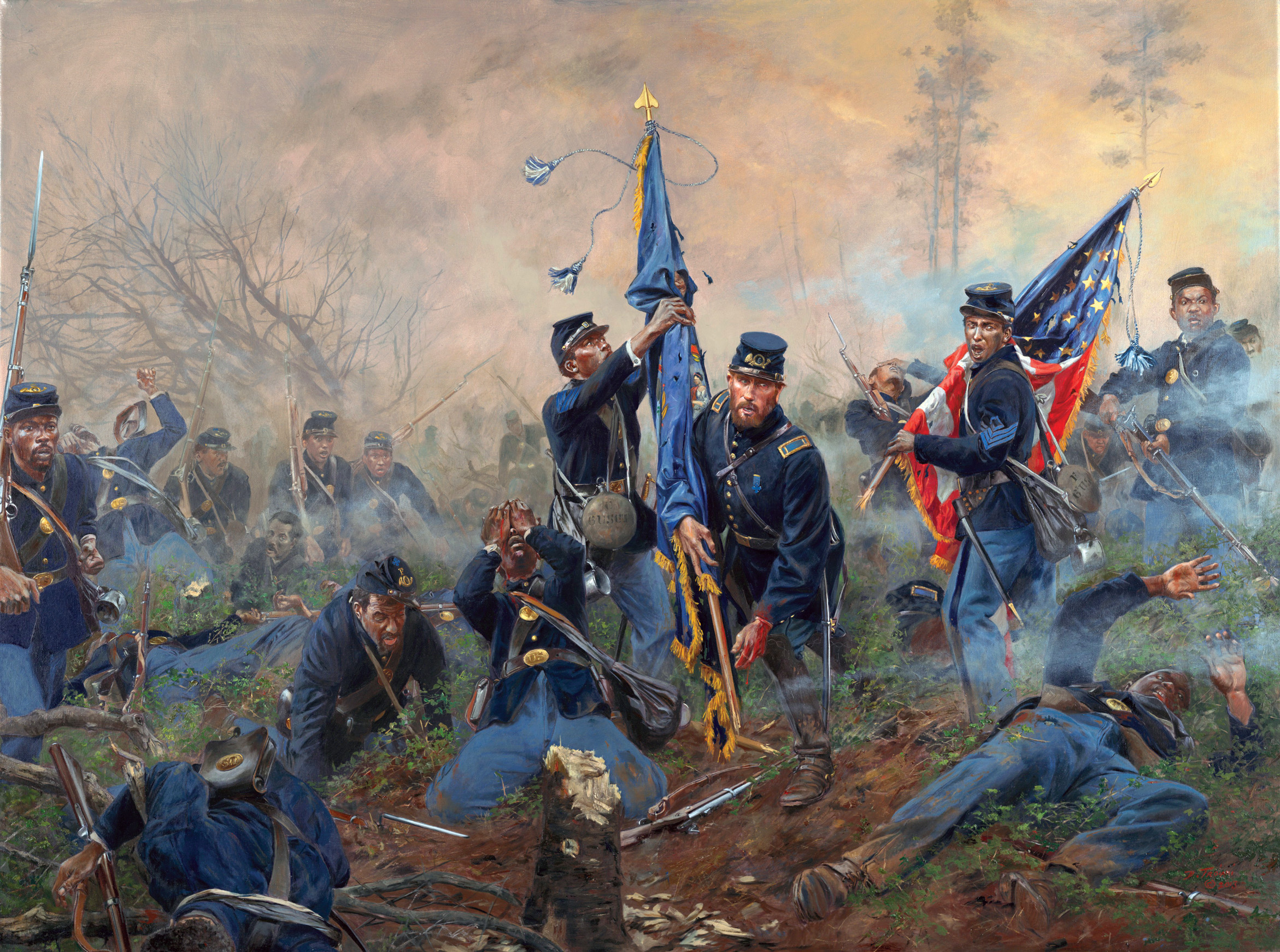

Civil War
Jennie Irene Hodgers was born in Ireland in 1843 or 1844 and sailed to New York with her family. Read more
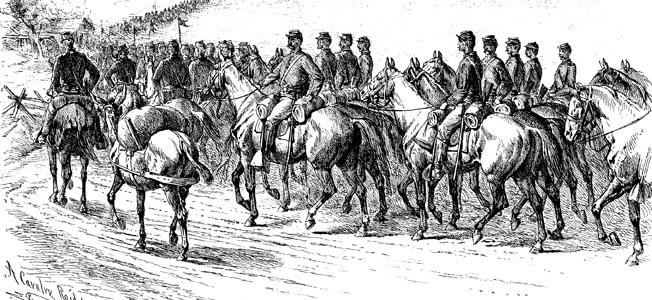
Civil War
During the Mexican-American War, the great distances between objectives had dictated a need for highly mobile cavalry troops. Read more
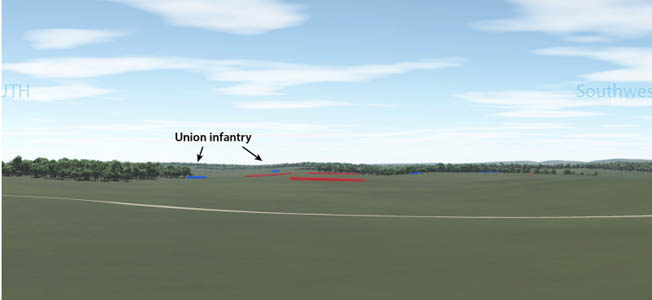
Civil War
The British Joint Services Command and Staff College defines the “fog of war” as “the uncertainty in situational awareness experienced by participants in military operations.” Read more
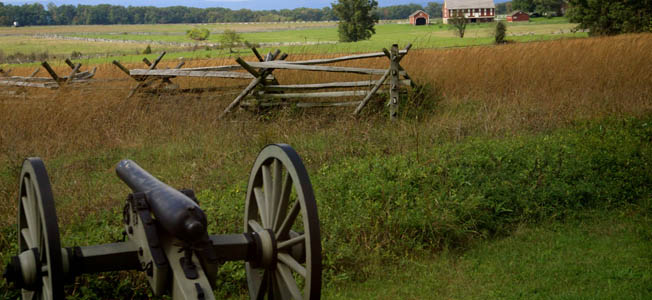
Civil War
Despite roughly 50,000 casualties reported on both sides during the Battle of Gettysburg, there was only one reported civilian casualty: Mary Wade, a seamstress, was hit by a stray bullet while making bread in her kitchen. Read more
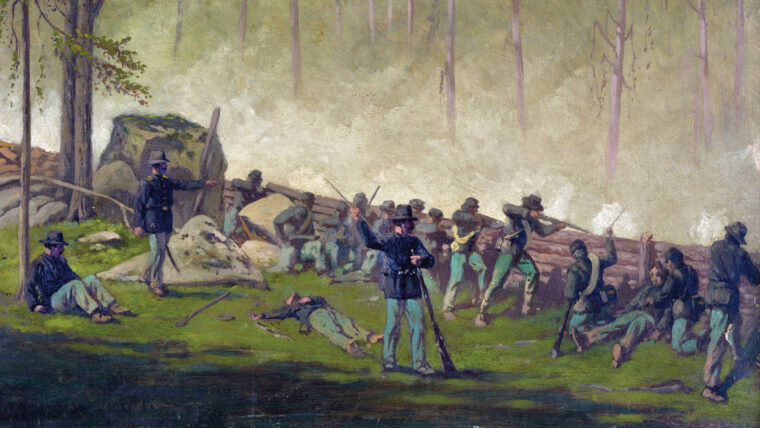
Civil War
Although Union Colonel Silas Colgrove had previously led his men through some of the most horrific fighting in the eastern theater of the Civil War, the order he received on the morning of July 3, 1863, in the woods near Culp’s Hill at Gettysburg, was the most unnerving he had ever received. Read more
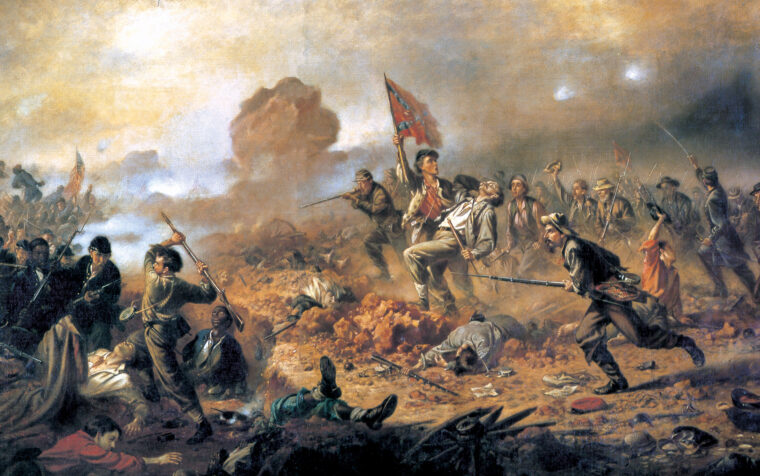
Civil War
Of all the unlikely heroes of the Civil War, none was more unlikely than Bushrod Johnson, Ohio-born Quaker turned Confederate general. Read more
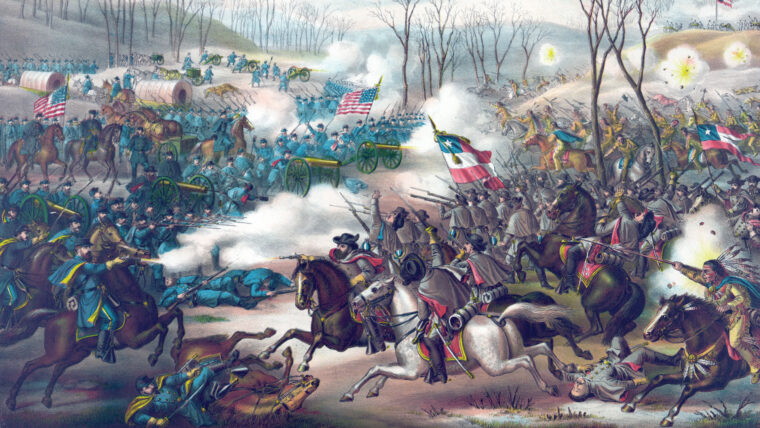
Civil War
Confederate Maj. Gen. Earl Van Dorn had a glaring flaw. Although the Mississippi-born general had a son and daughter from his marriage to Caroline Godbold, he committed adultery on multiple occasions. Read more
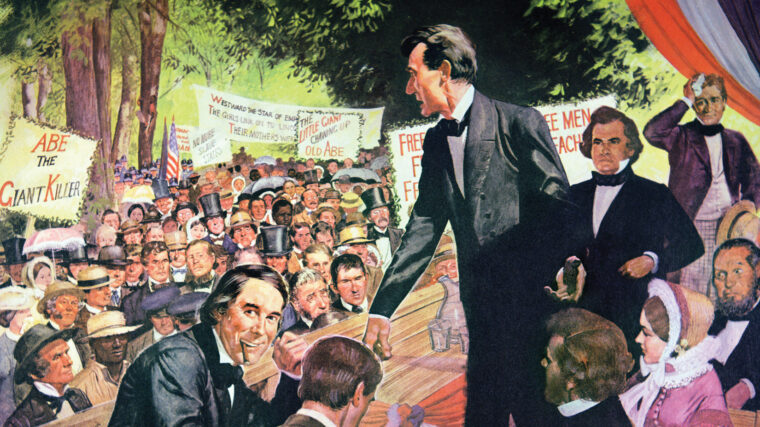
Civil War
The two men facing each other across the debate stage at Ottawa, Illinois, on the afternoon of August 21, 1858, were no strangers to one another. Read more
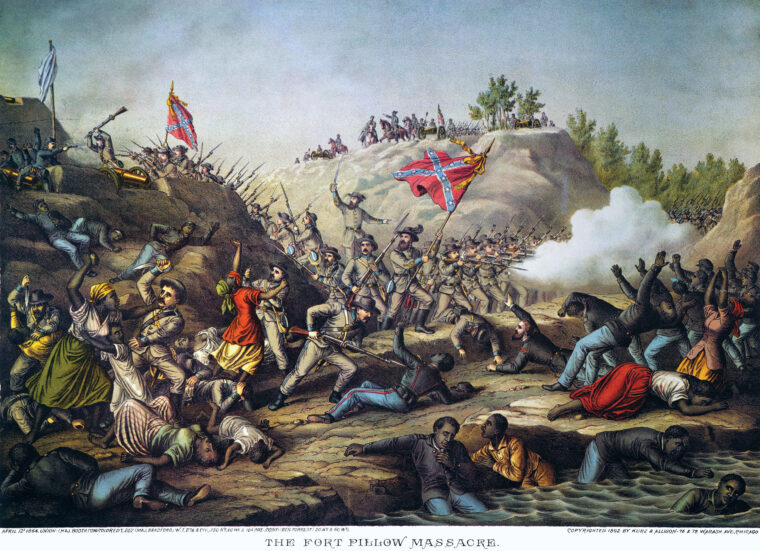
Civil War
When Confederate Maj. Gen. Nathan Bedford Forrest and his 3,000 battle-hardened troopers rode back into their homeland of West Tennessee in late March 1864, they were not in the best of moods. Read more
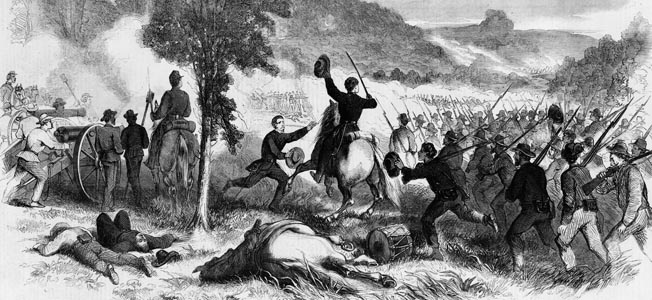
Civil War
As the early days of the Civil War were unfolding and the destiny of the republic was beginning to be contested on the battlefield, Abraham Lincoln was engaged in a no less perilous type of battle. Read more
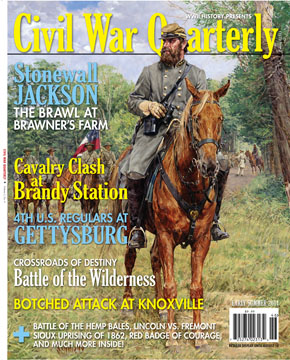
Civil War
The year 1864 was shaping up to be a critical one in the American Civil War. During the previous year, Federal armies had gained control of the Mississippi River and consolidated their grip on Tennessee. Read more
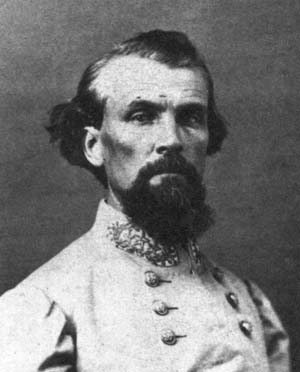
Civil War
Prior to the American Civil War, Nathan Bedford Forrest amassed a fortune in real estate, agriculture, and the slave trade. Read more
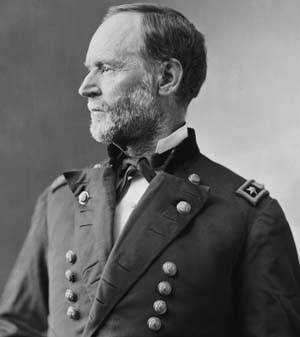
Civil War
By Mike Haskew
Union General William T. Sherman was a friend and trusted subordinate of General Ulysses S. Grant, commander of all Union armies in the field during the Civil War. Read more
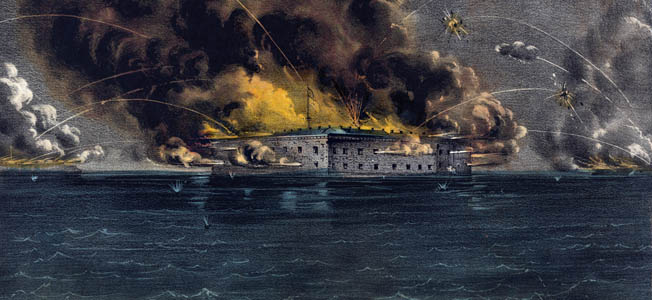
Civil War
One of the catalysts for a major rebellion in the United States were irregular warfare in “Bleeding Kansas” from 1854 to 1861 between anti-slavery Free Staters and pro-slavery border ruffians. Read more
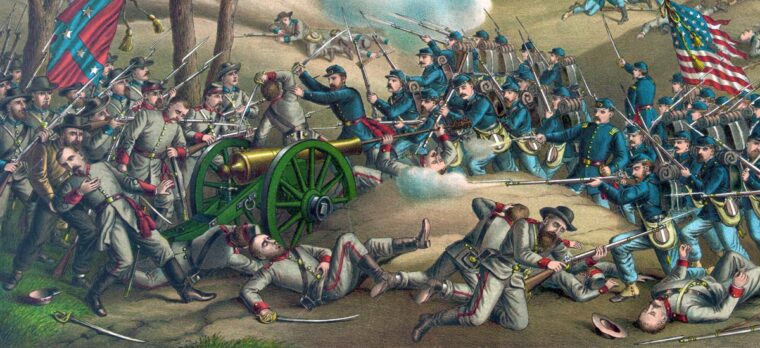
Civil War
“Lee’s army is really whipped,” declared Lt. Gen. Ulysses S. Grant to Maj. Gen. Henry Halleck on May 26, 1864. Read more
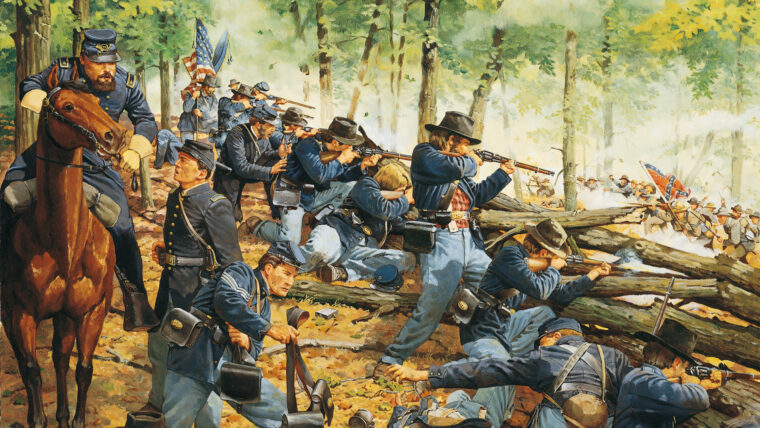
Civil War
It was nearly 11 on the morning of September 20, 1863, and the woods around slow-moving Chickamauga Creek in northwest Georgia were ominously quiet. Read more
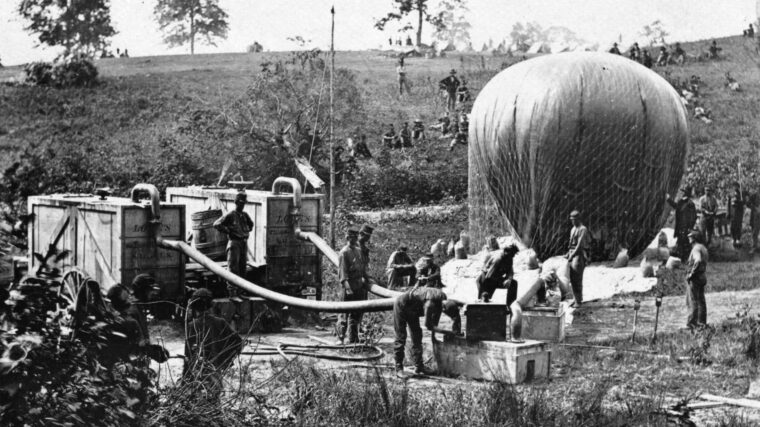
Civil War
A week after the first shots of the War Between the States at Fort Sumter in April 1861, the future of warfare came to Appalachia. Read more

Civil War
The Battle of Gettysburg was the turning point in the American Civil War. Various parts of the battle have been proposed as pivotal moments for the Union victory, such as the successful defense at Little Round Top or Pickett’s failed charge on the final day. Read more
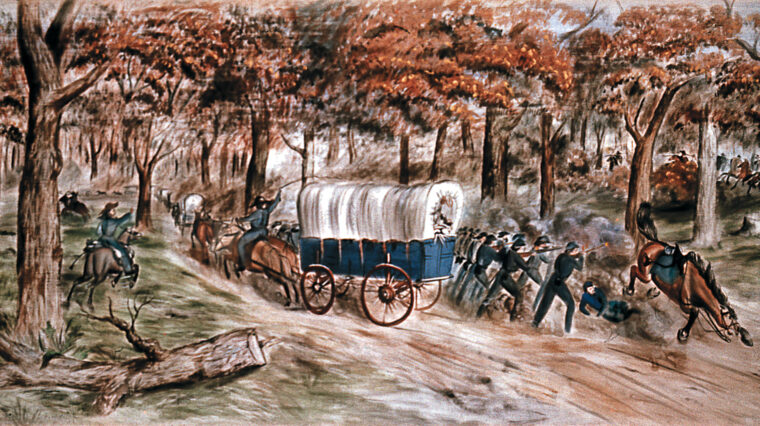
Civil War
A cold rain was falling as Confederate Brig. Gen. Joseph Wheeler led his brigade of horse soldiers north from the Confederate position at Stones River at midnight on December 29, 1862. Read more
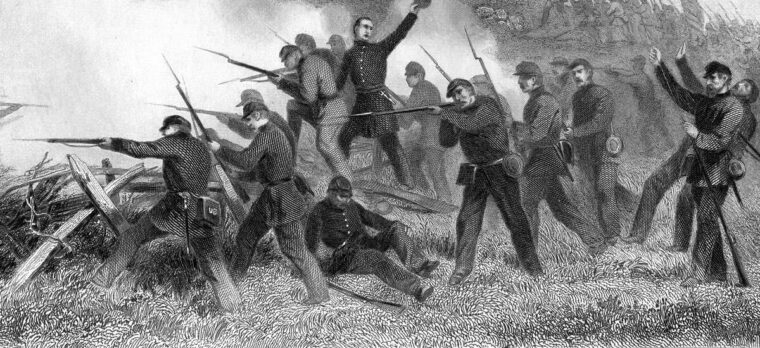
Civil War
The blue-coated soldiers trudged uphill through the forest trying their best not to get snagged on the laurel branches or stumble over the tree roots. Read more